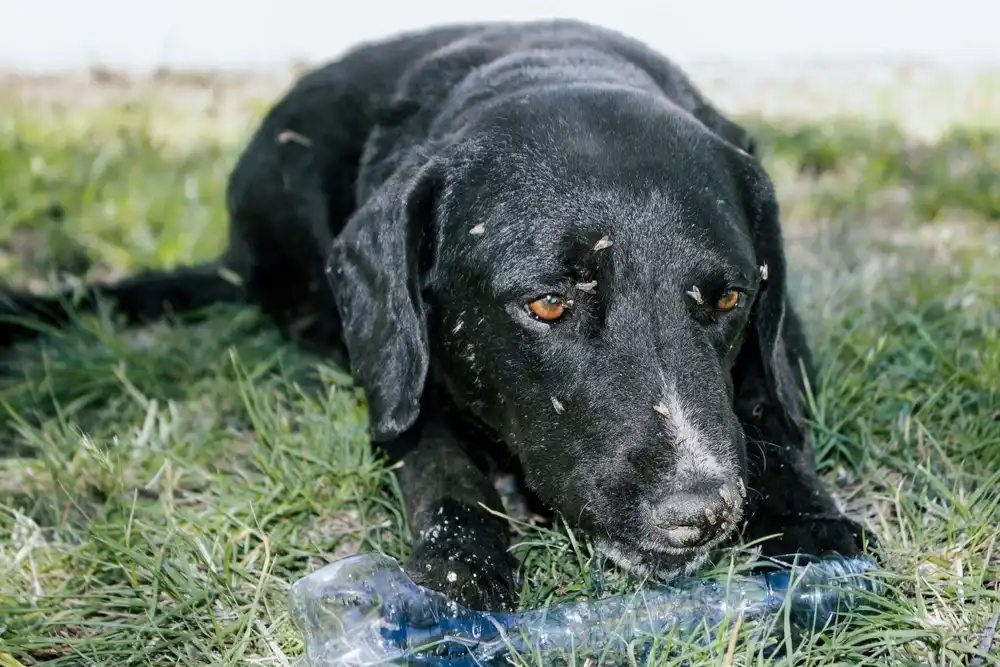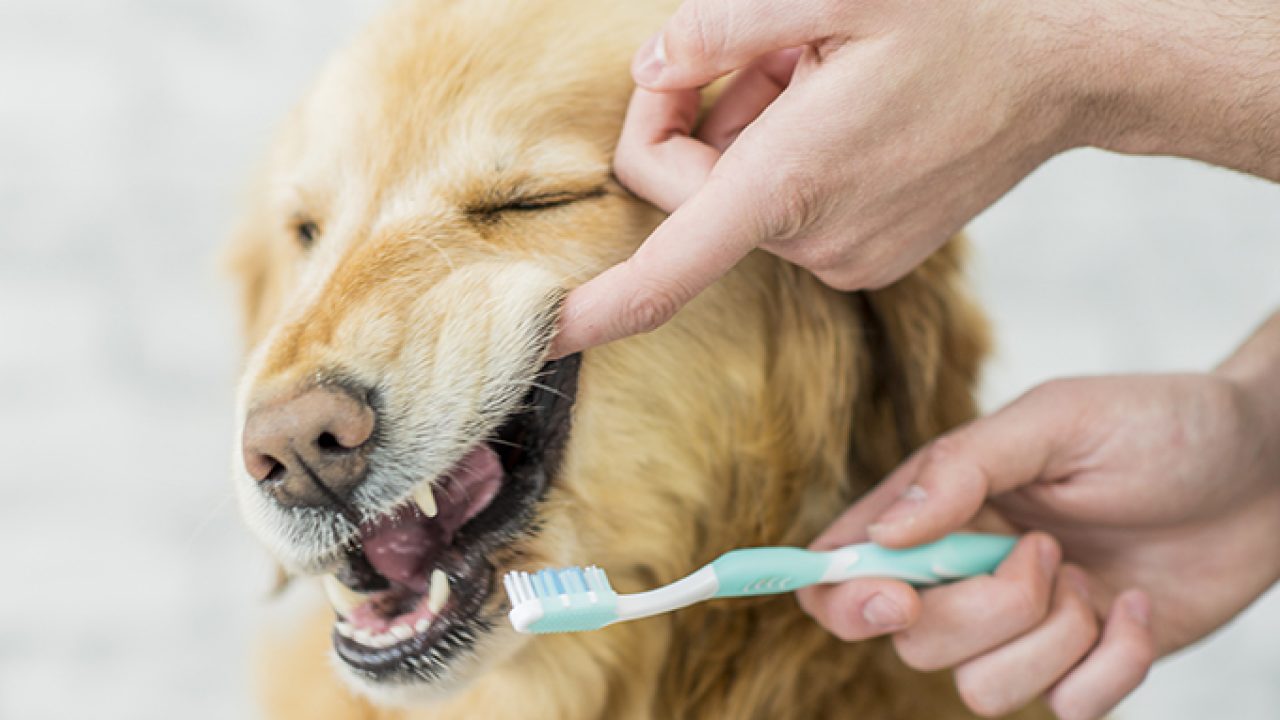As warmer months approach, many pet owners notice small, red welts or lesions on their dogs’ skin, especially around the belly and ears. These marks can be alarming at first glance. One of the common culprits behind these sudden skin issues is black fly bites on dogs. Understanding how these bites look, how they differ from other skin conditions like ringworm, and what you can do about them is essential for your pet’s comfort and health.

Content
What Are Black Fly Bites On Dogs?
Black flies, sometimes called buffalo gnats, are tiny flying insects that typically bite mammals in warm weather. These bites can appear as small red dots or raised circular lesions and often cause itching or mild discomfort. The most common areas affected are the belly, ears, and other less-furry parts of your dog’s body.
If you’ve noticed circular red welts that seem to appear overnight, especially after your dog has been outside, chances are high that you’re dealing with black fly bites on dogs.
Common Areas Affected: Belly and Ears

One of the most frequently targeted areas is the black fly bites on dogs belly. This part of a dog’s body has thinner skin and less hair, making it more accessible for flies to bite. These bites often look like red target-shaped marks and may cause mild irritation. You may also spot black fly bites on dogs ears, particularly the inner flaps where skin is exposed and sensitive.
Another sensitive region is the abdomen. Many pet owners mistake black fly bites on dogs stomach for more serious skin conditions, but these bites are usually not dangerous and often heal within a few days if left untreated — though treatment can speed up the healing process and offer relief.
Black Fly Bites On Dogs vs Ringworm: How to Tell the Difference
A common concern among dog owners is the confusion between black fly bites on dogs vs ringworm. At first glance, the round lesions caused by black flies can resemble the circular rashes associated with ringworm. However, black fly bites typically have a red dot in the center and don’t usually spread or cause hair loss the way ringworm does.
Ringworm is a fungal infection and may require antifungal treatment, while fly bites often subside with basic care. If you’re unsure, consult a veterinarian to confirm the diagnosis and avoid unnecessary treatment.
How To Treat Black Fly Bites On Dogs
Treatment for black fly bites on dogs is usually simple and can often be done at home. First, gently clean the area with warm water and a mild pet-safe antiseptic. Avoid using human products like hydrogen peroxide or alcohol, as they may irritate your dog’s skin. Apply a dog-safe soothing ointment or aloe vera gel to reduce inflammation and itching.
If the bites appear swollen, or if your dog is excessively scratching or licking the area, it might lead to secondary infections. In such cases, veterinary attention is recommended. Your vet may prescribe topical creams or oral medications to manage the reaction.
For belly-specific cases, you may need to apply black fly bites on dogs belly treatment products, such as anti-itch sprays or medicated wipes designed for pets. These are especially helpful when dealing with larger bite zones on sensitive skin.
Black Fly Bites On Dogs Prevention

While treatment is helpful, prevention is key to avoiding discomfort altogether. The best way to keep your dog safe is by minimizing exposure during peak fly activity times — usually early morning and late afternoon in spring and summer.
To practice black fly bites on dogs prevention, use pet-safe insect repellents, especially if your dog spends a lot of time outdoors. Protective clothing like lightweight dog shirts can also reduce skin exposure. Additionally, avoid stagnant water sources where black flies often breed, and keep your dog’s living environment clean and dry.
Regular grooming helps as well, since clean and brushed fur discourages fly activity. If you’re in an area heavily infested with black flies, consult your vet about using preventive treatments like spot-on repellents.
When to See a Vet
While most cases of black fly bites on dogs are minor, there are situations where a trip to the vet becomes necessary. If the bites appear to be spreading, show signs of infection (like pus or foul odor), or cause your dog significant distress, seek professional help immediately.
Also, if home remedies don’t work within a few days or the condition worsens, your veterinarian may need to prescribe a more aggressive treatment plan tailored to your dog’s needs.
Conclusion
Black fly bites on dogs are a seasonal nuisance but typically nothing to panic about. With the right knowledge and care, you can easily identify, treat, and prevent these bites from becoming a bigger issue. Whether it’s black fly bites on dogs belly, black fly bites on dogs ears, or even differentiating them from conditions like ringworm, staying informed is the best way to protect your furry friend. Always prioritize clean environments, safe repellents, and quick action at the first signs of trouble — your dog will thank you for it. And while you’re brushing up on pet safety, you might also be wondering, Is Xanthan Gum Bad For Dogs — another important topic for responsible pet owners.

Ruth is all about pet style. She’ll help you and your furry friend turn heads with the latest trends in pet fashion.











